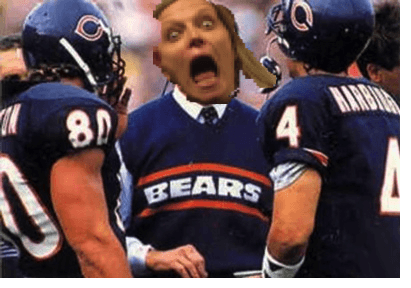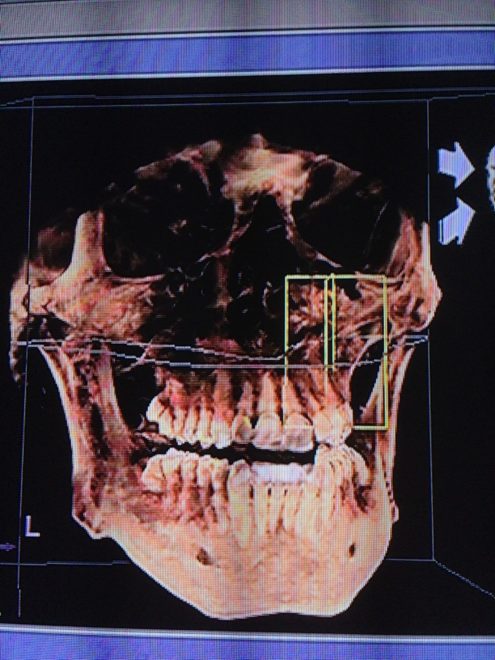Tag: Ron Hruska
Course Notes: PRI Postural Visual Integration: The 2nd Viewing
Would You Look at That It was a little over a year ago that I took PRI vision and was…
Course Notes: Cantrell’s Impingement and Instability, 2015 Edition
Third Time’s a Charm A trip home and hearing Mike Cantrell preach the good PRI word? I was sold. Impingement…
Course Notes: PRI Cervical Revolution REMIX
Note: I made some errors on the first rendition of this blog that were corrected after speaking with Eric Oetter.…
The Road to an Alternating and Reciprocal Warrior: You down with ENT?
This spans an entire treatment over a year’s time. Here’s part 1 Part 2 Part 3 Part 4 “Yeah…

Course Notes: Pelvis Restoration Reflections
Pelvises Were Restored It was another great PRI weekend and I was fortunate enough to host the hilarious Lori Thomsen…

The Road to an Alternating and Reciprocal Warrior: Wisdom Teeth Extraction
This spans an entire treatment over a year’s time. Here’s part 1 Part 2 Part 3 The Saga Continues I’ve…
Course Notes: PRI Cervical Revolution
Where are all the People? I recently made the trek to Vermont for the first rendition of PRI’s Cervical Revolution…
Course Notes: Cantrell’s Myokin Reflections
Third Time’s a Charm Mike Cantrell was in my neighborhood to teach Myokinematic Restoration by the folks at PRI. And…
Course Notes: Advanced Integration and PRC Reflections
I Passed I officially became a Jedi this past December after retaking Advanced Integration and going through the Postural Restoration…
The Post Wonderful Time of the Year: 2014 Edition
And That’s a Wrap It’s that time of the year that we get to look back and reflect and what…
Hruska Clinic II: The Follow-up
Six Months Later I have come pretty far in my journey since initially being treated at the Hruska Clinic (see…
Course Notes: PRI Integration for Baseball
Another Course in the Books Back in November I had the pleasure of attending a new Baseball PRI affiliate course,…
Course Notes: PRI Vision Integration for the Baseball Player
The first Section Where I Usually Say Something Like Whew or This Was the Best Course Ever! Phoenix has yet…
Course Notes: The Last Craniocervical Mandibular Restoration Evahhhhh
You’d Think I’d Learn it the First Time Around You’d think, but CCM is one of the hardest PRI courses…

Course Notes: PRI Impingement and Instability – Cantrell Edition
A Quick Trip Home I made my first trip back to my roots since moving out west to watch Mike Cantrell’s…
